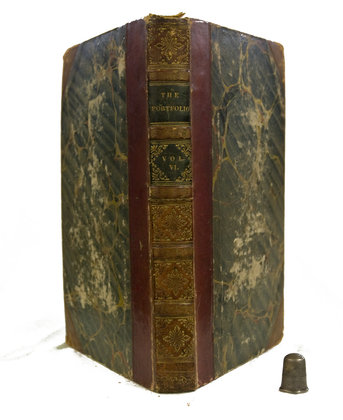Narrative
Knowledge Generation
5. 4) In comparison, The Portfolio of Amusement and Instruction, In History, Science, Literature, and the Fine Arts (London: Duncombe, 1829) offers a wide range of shorter materials, containing original essays, biographical memoirs, historical narratives, topographical descriptions, novels, tales, anecdotes, select extracts from modern authors, poetry, original and selected, the spirit of the public press, discoveries in the arts and sciences, domestic hints of utility, etc. Like Constable’s Miscellany, it is not so much a reference book as it is a topical mix of general knowledge on many subjects. Like the earlier Portfolio, it is downmarket at 3d. per issue.
The five examples provided thus far describe variations in price, format and content. Whereas the dictionaries and Constable’s Miscellany tend to be weightier, more expensive, include longer works, and emphasize ‘the best authorities’, ‘the latest discoveries’ and ‘select publications’, the downmarket publications are lighter, cheaper, include shorter works and highlight ‘amusement’. The divide plays out along socioeconomic lines: the single-volume ‘dictionary’ of the arts and sciences, and certainly the multivolume set, could only be available to upmarket readers; cheap periodical issues of a ‘portfolio’ of the arts and sciences would be available to most people, and then easily shared between friends and families. The difference is important in terms of the market possibilities for such literature, but also in terms of the diffusion of general knowledge during the period, showing how publishers created general knowledge works that catered to and perhaps shaped readerships.













